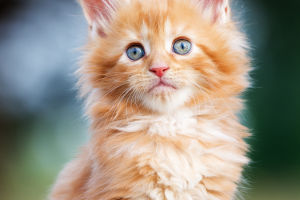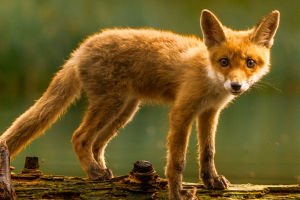Dragonfly is a general term for invertebrates, insects, Odonata, and Aniseoptera. The base of the hindwing is slightly larger than the base of the forewing, and the veins are slightly different. When resting, the wings are spread out and laid flat on the sides. Juveniles are short and stubby, with rectal gills and no tail gills.
Dragonflies are carnivorous insects. They prey on a variety of agricultural, forestry and animal husbandry pests such as flies, mosquitoes, leafhoppers, horseflies and small butterfly moths. Dragonflies are a class of important natural enemy insects that are beneficial to humans. "Dragonfly" is the biological characteristic of dragonflies laying their eggs in water.
Dragonflies have their own unique appearance. Dragonflies have two pairs of equal-length, narrow and transparent wings, and there are often wing moles on the front edge of the wings near the top of the wings; the thorax is oblique, the prothorax is small, can move, the abdomen is slender, the compound eyes are prominent, and the antennae are small;
The egg of the dragonfly It hatches in the water, and the larvae also live in the water; dragonflies are insects with the most eyes in the world, the eyes of dragonflies are large and bulging, occupying most of the head, and each eye is composed of countless small eyes; Dragonflies have particularly good eyesight.
They can look up, down, front and back without turning their heads. Their compound eyes can also measure speed and determine the speed of the target object. Therefore, dragonflies are master insect catchers in the insect world.
Habits of dragonflies. They like moist environments and usually live by ponds or rivers, where their larvae develop in water; dragonflies are well-functioning predators, with extremely strong flight, quickly back and forth in mountain streams to capture prey; dragonflies are carnivorous insects.
They prey on a variety of agricultural, forestry and animal husbandry pests such as flies, mosquitoes, leafhoppers, horseflies, and small butterfly moths; dragonflies have particularly developed mouthparts, which can bite their prey and eat easily, and can eat up their own body within 30 minutes equal food.
Odonatas belong to semi-metamorphic development. There are only three stages in their life: eggs, larvae and adults. The adults often lay their eggs into the water by touching the water with dragonflies. Out of the water, mating and spawning complete the life cycle.
It is precisely because of the growth habit of dragonflies that their distribution positions are also imaged. Insecta Insecta Odonata Odonata Mesoptera Anisozygoptera The suborder is the smallest suborder under the order Odonata and now there are three genera and three insects. The characteristics of Metopteran insects are between Homoptera and Anisoptera.
Characteristics, medium-sized insects, large head and flexible rotation, two pairs of wings with transparent membrane, many transverse veins on the wings, and often winged moles on the front edge of the wings near the top of the wings. The abdomen is slender, and the male copula is born on the ventral surface of the 2nd and 3rd segments of the abdomen. The base of the wings is not stipe-like, and the hind wings are larger than the front wings.
There are only 3 species, one is produced in the south of the Himalayas, one is produced in Japan, and the other is Epiophlebia sinensis (new species published in 2011) produced in the southeast of Heilongjiang Province. It is the relict descendant of the ancient γτ group, and is known as a living fossil.


